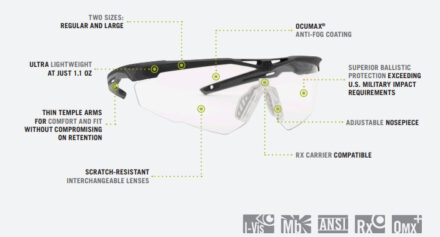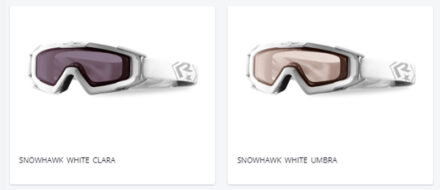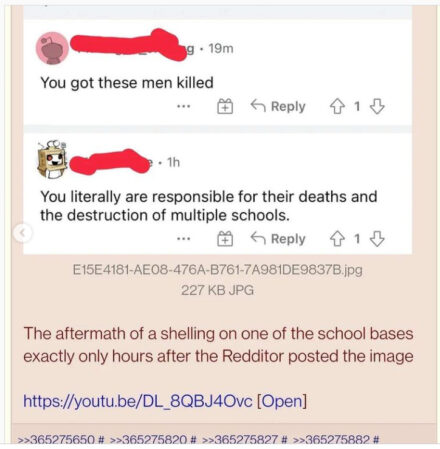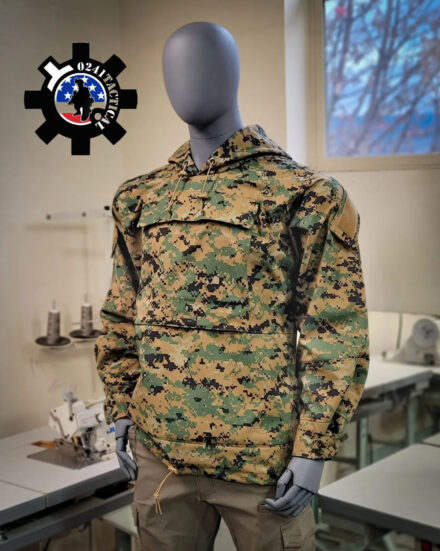After a reported five years of development, Glock Inc. has released an initial overview of the Gen 6 series of pistols.
Initial offers are all 9mm models: the Glock 17, Glock 19, and Glock 45.

The announcement, captioned ENGINEERED FOR YOU, was published across the range of Glock’s social media channels, with a fairly simple message:
Introducing the 6th Generation of GLOCK pistols. Gen6 is engineered for you.
The Gen6 line brings you purpose-driven ergonomics with a refined optic ready system. The models included are the G17 Gen6, G19 Gen6, and G45 Gen6, chambered in 9mm.
Few details were officially available, though an expected formal release this week (if not today) should rectify that.
We do know a few things about the new Gen6, including the following features:
- An updated palm swell intended to contour the pistol to the natural curvature of the hand. We’ve seen several reports that Glock went so far as to measure the majority of their employees’ hands as part of the design process, though nothing (yet) on how those measurements were quantified and utilized by the engineers.
- A new grip texture: RTF6, which combines elements of previous textures (RTF2 and RTF4) to create the “…perfect blend of performance and comfort.”
- An enlarged beavertail. This obviously encourages a higher master grip and protects from slide bite.
- A ridge or “fence” around the slide stop lever, or as Glock puts it, a “Slide Stop Lever Enlarged Border.” This is meant to mitigate or prevent unintended activation.
- A “thumb rest.” This is for all intents and purposes a “gas pedal” type feature, which allows better control of the weapon during recoil (and is a favorite among competitive shooters).
- Deeper, more overt slide serrations. These are angled deeper intot he slide to make the surface engagement more tactile for slide manipulation.
- Undercut trigger guard. This is something people have been asking about for years. It may well eliminate “Glock Knuckle,” which might seem like a minor thing but is – at least for Glock shooters who routinely put a lot of rounds downrange – anything but.
- A flat-faced trigger, with the obligatory Safe Action System.
- An RDS-mounting system that provides for what Glock describes as “direct mounting” to the slide. Each pistol will ship with three polymer optic plates that together provide fitment for most common optics and act as what’s been described as a “shock absorber.” As a result of the new optic system, MOS Glock models are no more.
Additionally, we know the following:
- They are returning to a single recoil spring design.
- This is not a modular design in the context of a serialized fire control part of some kind.
- They have not changed their stock sights. While this will be a point of contention for many, others will note the increasingly ubiquitous use of pistol optics as a defense, not to mention the tendency of so many shooters to replace the stock sights of any pistol with a style they prefer…though this may be rebutted in turn by acknowledging that better stock sights might reduce the demand for replacements in the first place. This will be argued about a lot, whether the pistol’s other features prove to be an improvement or not.
- The cost of the Gen6 will purportedly be the same as that of the Gen 5.
- Though other models will be released, the G47 will not be one of them. That’s because the G47 is not the G17 is the G47 (and so on).
- The magwell is flared for faster reloads.
- The accessory rail remains unchanged.
- Available optic footprints include Trijicon RMR, Leupold DPP, and C-More.
- Internals are not completely identical to the V series of handguns, but they’re close.
- The Gen6 is not believed to be backwards compatible with its predecessors, though that might not be the case with the magazines (or at least those of the Gen 5).
- A large number of extant holsters will take the Gen6, but not all of them.
The gun ships with an assortment of accessories, including three magazines, a cleaning set, two backstraps that can be used to more closely fit the weapon to your hand, and three optic plates.

In short, most of the changes made to the Gen6 overall design appear to be predicated on solving common complaints about previous versions. They will definitely reduce the amount of DIY work and workbench modification so commonly seen in the past. The new guns have some expected features as well as a few unexpected features, none of which will be sufficient to prevent a vast outpouring of dissatisfaction from the internet-cognoscenti who are all too eager to share their knowledge and opinion.
As is usual, unfortunately, with any new gun.)
Note: this sort of “drive-by commenting” should not be conflated with the measured, intelligent delivery of questions, observations, or concerns).
Anyway, we’ll know soon enough (43 days and counting down as of this writing) whether the gun deserves hype or derision or something in between.

Glock seems happy with the new gun, arguably more so than in generations past, though that’s obviously difficult to determine from outside the walls of their facility in Smyrna.
We’re advised by Larry Vickers that the following missive was sent out by Glock to their workforce:
According to Larry Vickers, the following missive was sent out by Glock to their workforce:
Dear Glock Employees,
GLOCK is proud to announce the 6th Generation of GLOCK pistols. The Gen6 line of products delivers enhanced ergonomics for increased usability and comfort with a unique optic ready system. The models included are the G17 Gen6, G19 Gen6, and G45 Gen6, chambered in 9mm Luger.
The 6th Generation of GLOCK pistols are engineered for you. Each detail is meticulously calculated with the user in mind, delivering enhancements that feel intuitive. The Gen6 line brings you purpose-driven ergonomics with a refined optic ready system.
“For nearly four decades, the pursuit of perfection has guided GLOCK in focusing on what truly matters: safety, reliability, and our commitment to our customers. The Gen6 pistol line continues that commitment. We’re not chasing trends. We’re moving forward thoughtfully, with the same uncompromising standards that define every GLOCK product.“ – Carlos Guevara, GLOCK Inc., CEO.
The new pistols should be commercially available on January 20, 2026 – which is, no doubt not coincidentally, the first day of the 2026 NSSF SHOT Show.
You can learn more on this subdomain of the Glock website, in this Glock Gen 6 rundown, or in one or more of several videos that are coming out on YouTube.
You might check back here occasionally over the next few days, as we hope for a more in-depth formal release to be available soon.





































































































































































